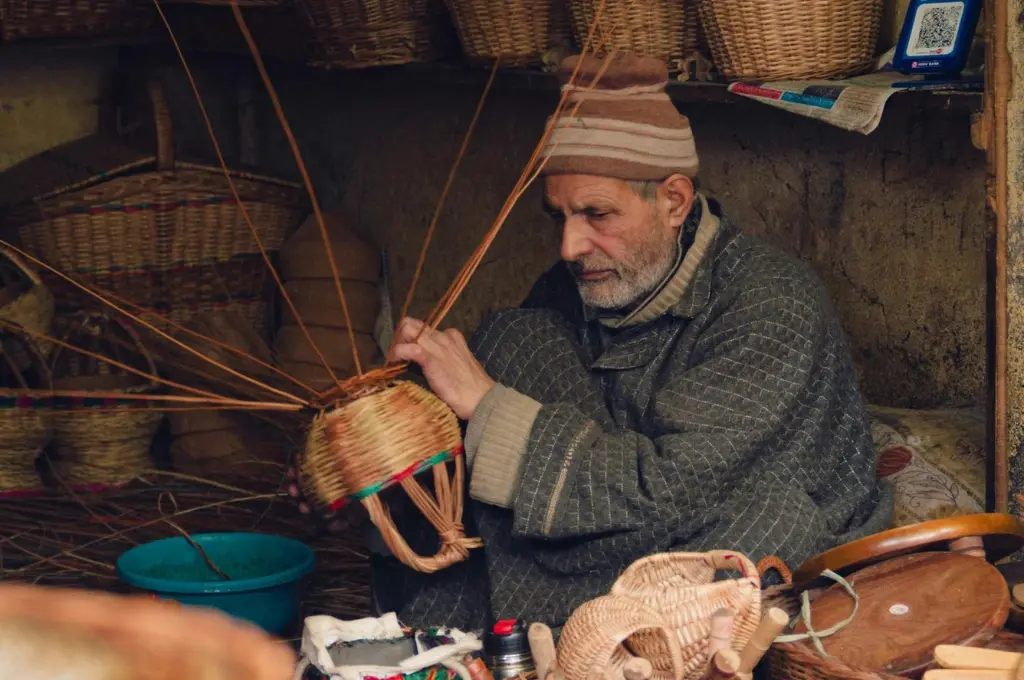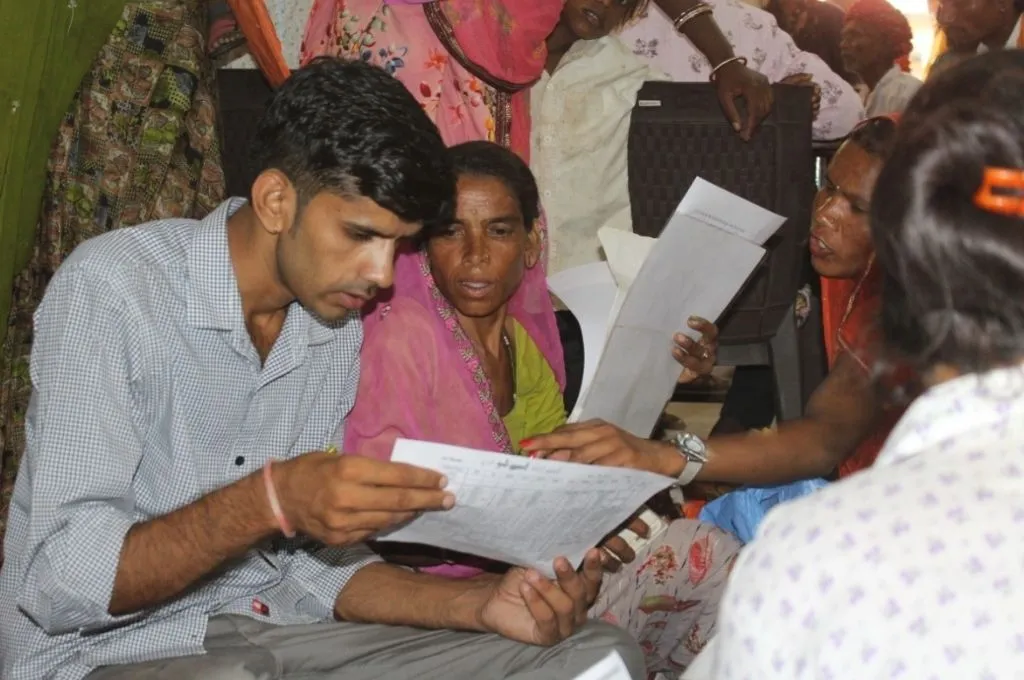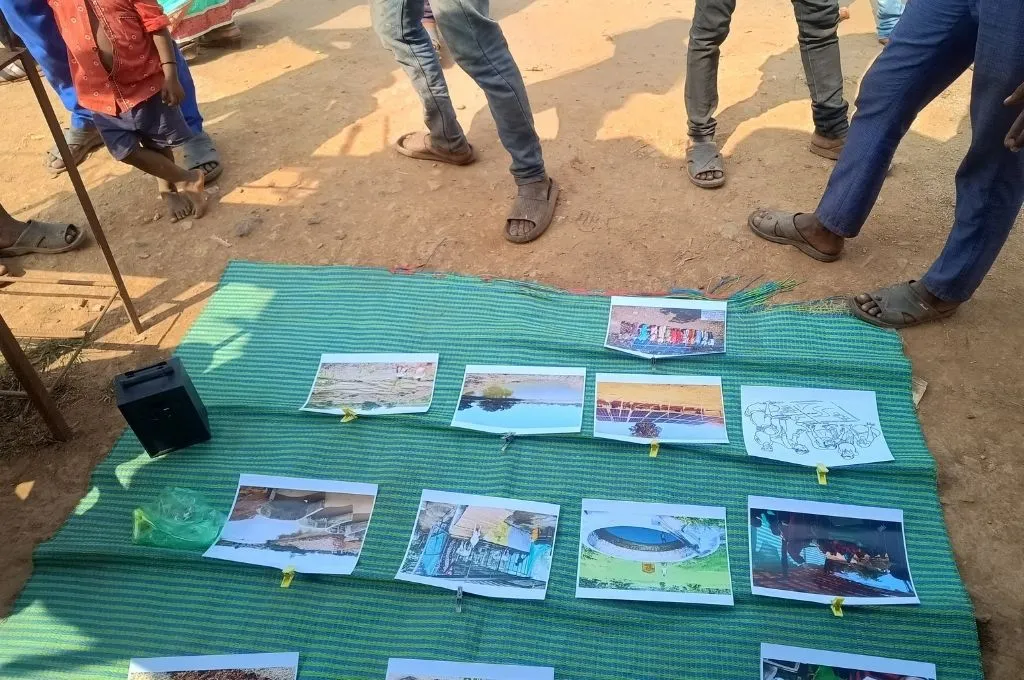Migrants keep the Maheshwari saree tradition alive

The tradition of weaving in Maheshwar town in Madhya Pradesh’s Khargone district owes its origins to Queen Ahilyabai Holkar, who is said to have employed skilled artisans from the Maaru community in Surat. This community, originally from Baluchistan, travelled via Sindh to Gujarat and Rajasthan to train the local artisans to sustain the state’s economy. This was the first of many migrations that set into motion the evolution of the weaving practices in Maheshwar.
In contemporary times, Maheshwar has upheld its reputation for handloom saree weaving, attracting an influx of migrants seeking sustainable livelihoods. Between 2012 and 2015, more than 200 weavers migrated to Maheshwar, drawn by the expanding opportunities within its handloom enterprises.
The migrants from weaving communities brought with them their expertise and craftsmanship. Blending these with local weaving traditions, they created the iconic Maheshwari sarees. As interactions increased, a few local communities like the Kewats (boat rowers) took to the craft as well.
Maheshwari sarees boast a relatively quick production process compared to other handloom textiles. The consistent demand and sales over the years have maintained a stable financial ecosystem, making Maheshwar an appealing destination for migrants from other weaving traditions facing economic challenges. Additionally, the nature of the work finds favour with married women, as they can set up looms in their homes and weave after attending to domestic responsibilities.
This ecosystem provides migrant workers with numerous benefits. In the areas where the weavers reside, there are essential facilities such as a government school, a handloom school, and weaving kaarkhaanas (workshops), enhancing the overall living and working conditions for the migrants.
Usha Dhakate is a weaving trainer at Kala Maitri, a social enterprise collective that works with women weavers and garment manufacturers. She migrated to Maheshwar with her husband in 2012. Even though they come from families that have practised weaving Kosa silk in Baloda, a town in the Janjgir-Chanpa district of Chhattisgarh, Usha learned how to weave only after coming to Maheshwar. She jokes that this was a result of running to the loom every time her husband got up from work, even if for a couple of minutes.
Back in Chhattisgarh, the seths, who are also master weavers, would provide them with silk pods. These had to be boiled and then turned into yarn by rolling on the thigh. This is a fairly labour-intensive practice that paid INR 3,000 for every 35 metres of yardage. On the other hand, weaving a 6-metre Maheshwari saree pays at least INR 800.
Usha says, “In the monsoon, Kosa [silk] doesn’t dry, and business suffers. In Maheshwar, business is good all year long.”
The materials, techniques, and communities involved in weaving the fabric have evolved with time, yet the identity of the Maheshwari saree has persisted. While the efficiency and speed in producing these sarees contribute to their economical nature, the skill and craftsmanship of the weavers remain truly admirable.
Ritu Pant is a 2022 India Fellow, a content partner for #groundupstories on IDR. Read the original story here.
—
Know more: Learn about the uncertainty of the handloom industry in Assam and its toll on weavers.
Do more: Connect with the author at ritupant03@gmail.com to learn more and support her work.



